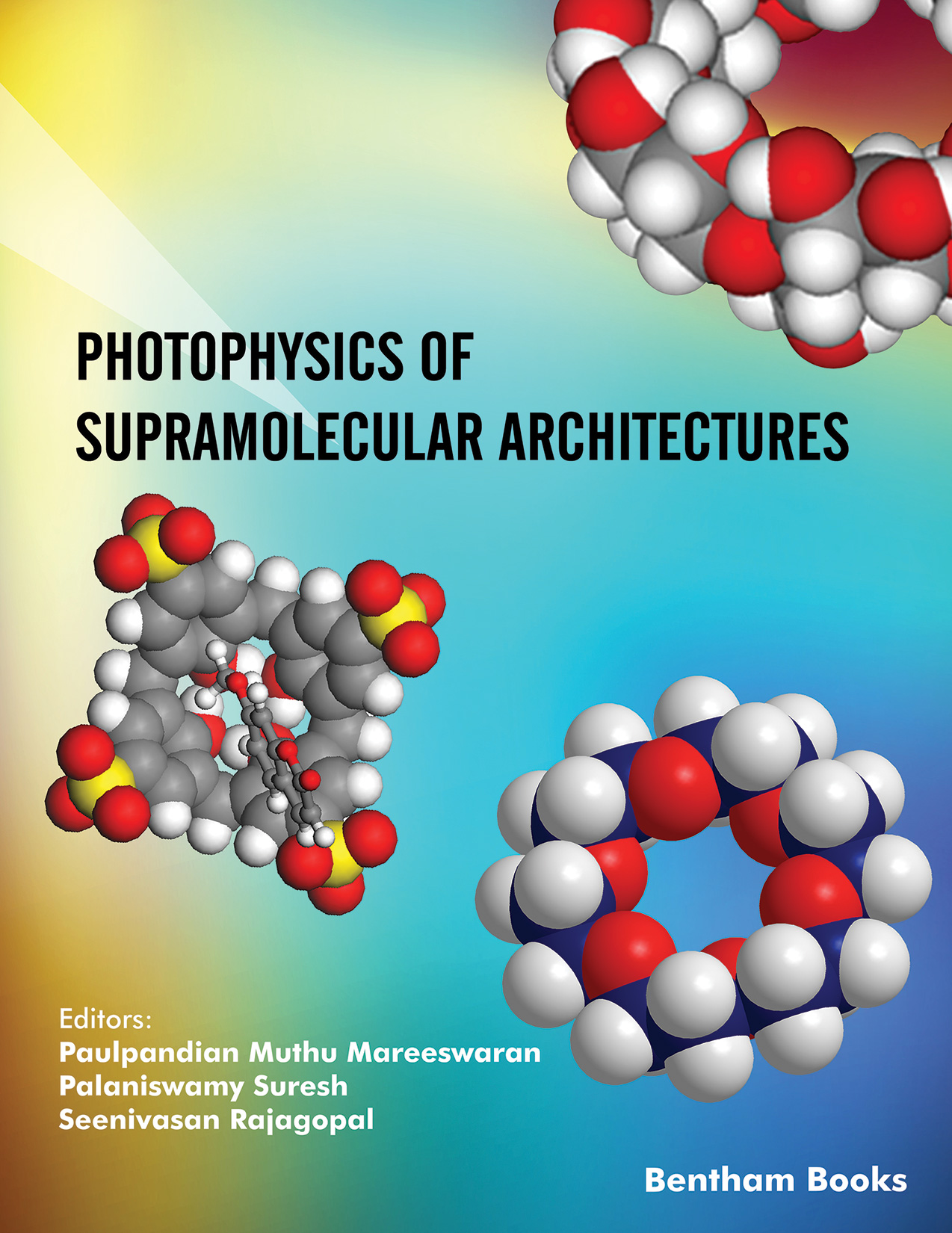Introduction
This reference provides collective information about the physical and photophysical changes of supramolecules after encapsulation. It covers luminescent systems involving a range of host molecules such as calixarenes, cyclodextrin, resorcinanene-crowns, pillararenes, cucurbituril, and metallacycles. Chapters also discuss the effect of the macrocyclic environment on the properties of functionalized molecules, including the variations in folding and unfolding patterns. Each chapter is supplemented with detailed references, making this an ideal resource for scholars interested in supramolecular photophysics.
[Audience]: Researchers in the field of supramolecular chemistry; graduates, postgraduate students who are studying the basics of supramolecular chemistry.

